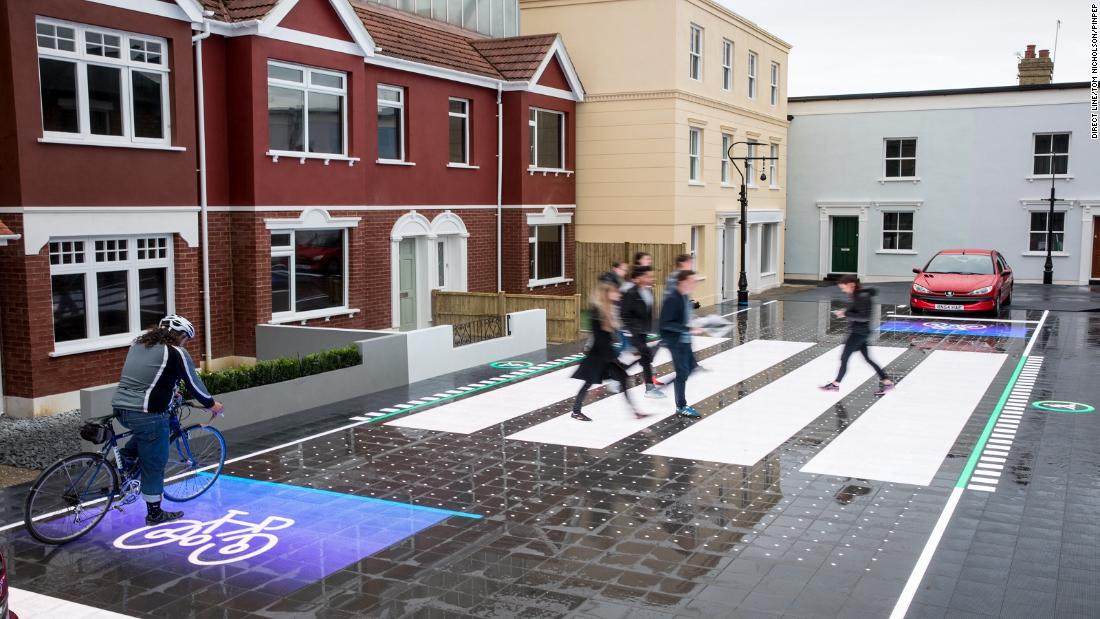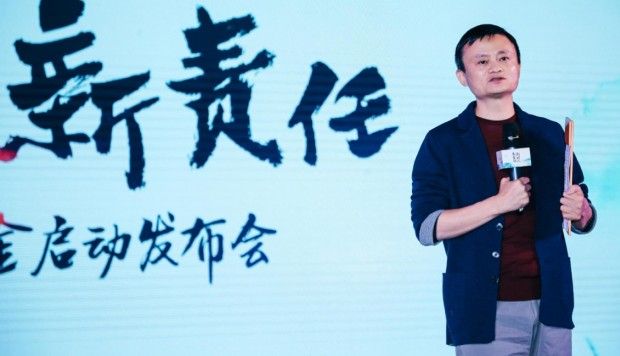But the F-35 program, usually not one to shy away from boasting about their achievements, has been hushed about the prospect of defeating one of the gravest threats to the US.
“I can tell you that the F-35 is a multi-mission fighter,” Commander Patrick Evans of the Office of the Secretary of Defense told Business Insider when asked about the program. “It would be inappropriate to speculate on future capabilities or missions of the weapon system.”
Rep. Duncan Hunter, a member of the House Armed Services Committee, was more open to speculating about why the Pentagon hadn’t gone through with missile intercepting planes.






